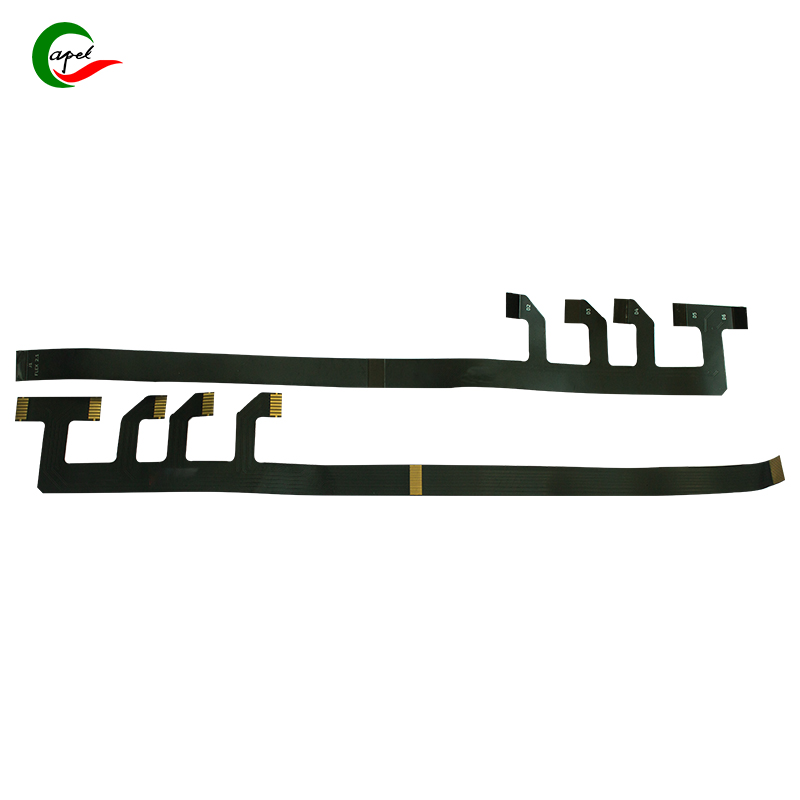Date: 2025-10-17
The shift toward conductive paste printing represents a significant opportunity for manufacturers targeting large-area flexible circuit applications. Through our work on projects ranging from wearable health monitors to industrial sensing systems, we've developed practical approaches that balance cost efficiency with reliable performance.
Selecting the Appropriate Printing Methodology
Choosing the right printing method depends heavily on your production scale and circuit dimensions. Screen printing has proven most practical for medium-scale operations, particularly when dealing with circuit areas between 0.1-1 square meter. The initial equipment investment remains reasonable while providing excellent material utilization rates.
For truly massive production runs exceeding 10,000 units, gravure printing offers superior speed and consistency. The continuous web processing capability significantly reduces labor requirements, though the higher equipment costs demand careful financial analysis.
We generally avoid inkjet printing for large-area applications due to its slower throughput and lower material efficiency. The technology works well for precision work but doesn't scale economically for larger circuits.
Optimizing Material Selection for Cost and Performance
Conductive paste constitutes the largest variable cost in this manufacturing process. We've found that silver-coated copper composites provide the best balance between performance and expense. While pure silver pastes offer marginally better conductivity, the 60-70% cost savings of Ag-Cu formulations make them preferable for most applications.
The binder system selection also impacts both cost and final product properties. Acrylic-based binders cure at lower temperatures than epoxy alternatives, reducing energy consumption while maintaining better flexibility in the finished product. This flexibility proves crucial for applications involving repeated bending or rolling.
Paste thickness requires careful consideration. We typically target 15-25 micron deposits, which provide adequate conductivity for most applications without wasting material. Thicker applications not only increase material costs but also extend curing times and potentially compromise flexibility.
Process Parameter Optimization
Achieving consistent results demands attention to several key parameters:
In screen printing applications, we maintain squeegee angles between 45-60 degrees. This range provides optimal paste transfer while minimizing pressure variations that can affect deposit uniformity.
Printing speed requires balancing between throughput and quality. We've standardized on 10-15 cm/second for screen printing, which provides good pattern definition without excessive speed-related defects.
Viscosity control proves critical for process stability. We monitor paste consistency regularly, maintaining values between 10,000-30,000 centipoise. Material outside this range either flows uncontrollably or fails to release properly from printing screens.
Curing parameters significantly impact both quality and operating costs. Conveyorized ovens operating at 80-120°C provide the most efficient thermal processing, with cure times typically between 10-20 minutes depending on the specific paste formulation.
Production Efficiency Enhancements
Implementing roll-to-roll processing can dramatically reduce labor requirements for large-volume production. The continuous processing approach minimizes handling and allows for more compact production layouts.
We've integrated automated optical inspection systems immediately following the printing stage. Early defect detection prevents value-added operations on non-conforming product and provides immediate feedback for process adjustments.
Material conservation practices include collecting and filtering excess paste for reuse in non-critical applications. This approach typically reduces raw material consumption by 15-20% without compromising final product quality.
Common Implementation Challenges
Through our implementation experience, we've identified several frequent pitfalls:
Specifying pure silver pastes for applications that don't require their enhanced conductivity represents an unnecessary expense. The performance difference rarely justifies the cost premium for most large-area flexible circuits.
Neglecting regular viscosity checks leads to process variation and increased defect rates. We implement scheduled viscosity verification every two hours during continuous production.
Batch oven processing creates bottlenecks in high-volume manufacturing. The significantly longer processing times compared to conveyorized systems limit overall production capacity and increase per-unit energy costs.
Economic Considerations
The most successful implementations consider total cost of ownership rather than just initial equipment investments. While gravure systems require higher capital expenditure, their superior speed and material efficiency often justify the investment for production volumes above 10,000 units.
Material selection decisions should account for both purchase price and process implications. Lower-cost materials that require extended curing times or generate higher rejection rates may ultimately increase total production costs.
By implementing these strategies, we've consistently achieved 30-50% cost reductions compared to traditional flexible circuit manufacturing approaches while maintaining the mechanical and electrical performance required for demanding applications.
related link:
Capel manufacturing PCBs since 2009. Professional technology and high-precision Printed Circuit Boards involved in Medical, IOT, UAV, Aviation, Automotive, Aerospace, Industrial Control, Artificial Intelligence, Consumer Electronics etc..